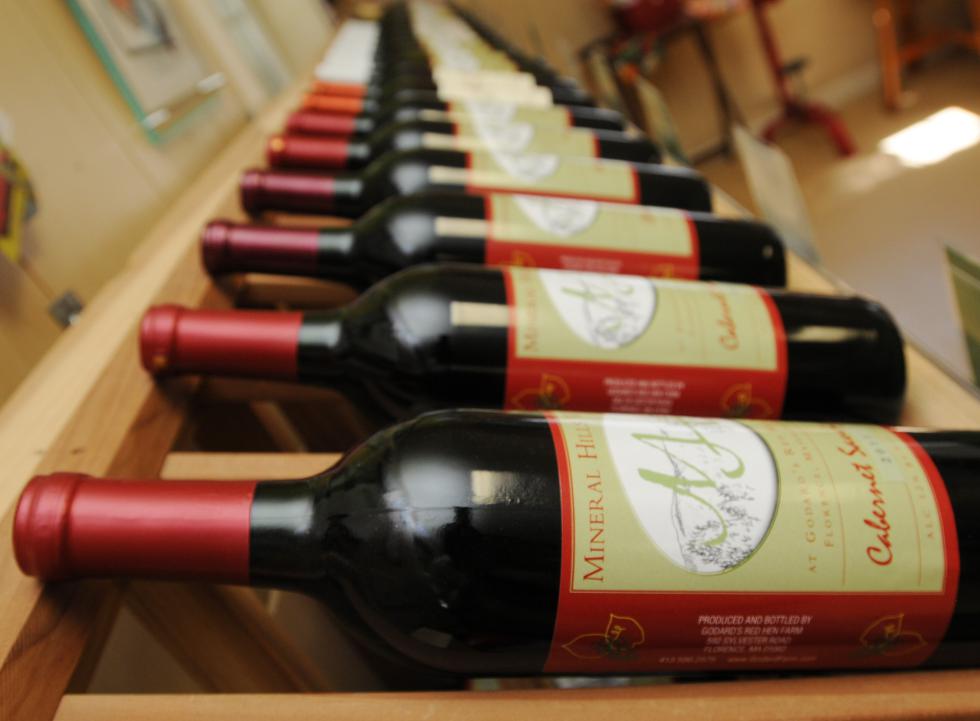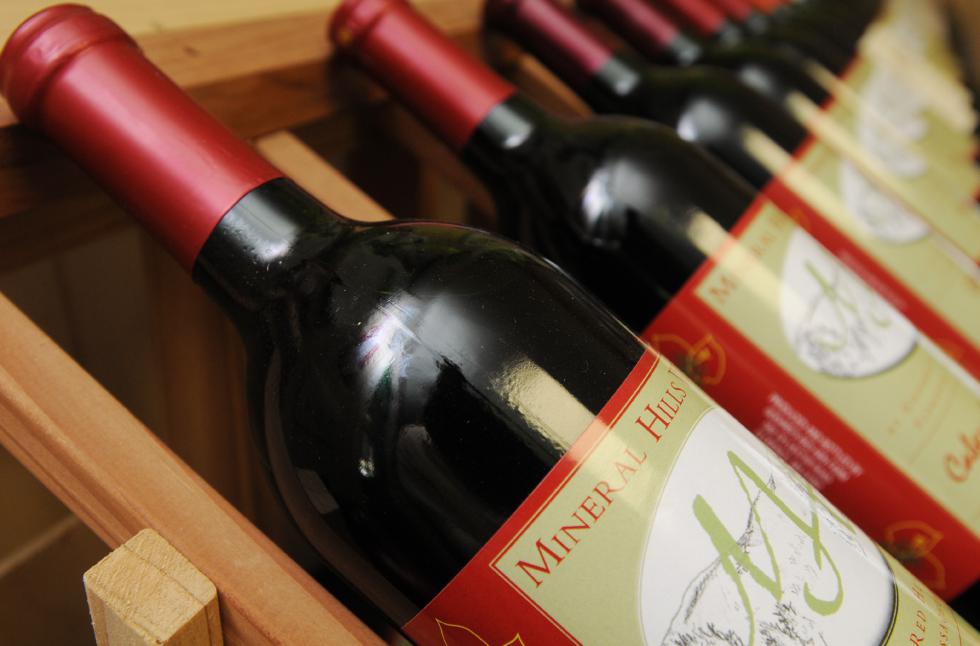Ah, the ever solemn, oft confusing restaurant ceremony of “tasting” a bottle of wine. Centuries of custom and formality have twisted it into a byproduct of wine snobbery, but it’s really a necessary quality control exercise. I call it the “Wine Schmooze” since it’s a dance between you and the server. We all know there’s not exactly a training class in high school or college that teaches you the machinations of the ritual, so it can be intimidating. But knowing the reasoning behind the apparent madness helps explain the necessity.
Wine schmoozing involves a series of steps and a couple of loose rules. The first rule says the person who ordered the bottle should test it. After ordering, the server will bring the bottle to your table and present the label. This is to make sure you have the wine you ordered. Next, the cork is put in front of you, not to sniff (it smells just like wet cork) but so that you can inspect it for mold, cracks and wetness. A good cork should be moist a quarter to half the way down and be free of mold — although in very old bottles this is bound to happen, and isn’t really a flaw unless the wine tastes like mold. If the cork is cracked or crumbly, then the bottle has probably been badly stocked and perhaps has been contaminated with oxygen, but that doesn’t mean the wine is ruined. I can’t wait for screwtops to invade the mainstream so we don’t have to worry about this anymore.
Since wine is an organic product, it is susceptible to degradation. You detect damage when the server pours one ounce into your glass. While the server waits, give the wine a swirl to release the aromas, sniff and taste the wine. If it’s at all funky-smelling or -tasting, ask for someone else at the table to taste it and assess whether the off taste is the wine or the aftertaste from that funky cheese you just munched.
If it smells like mold, rotten eggs or vinegar, then ask your server to taste it as well. Etiquette has it that if the customer thinks the wine is bad, then the restaurant should take it back, but some restaurants have a sommelier who will also chime in. I’ve sent back several bottles in my career and never had a problem.
Keep in mind that receiving a wine that doesn’t suit your taste doesn’t mean you can send it back. Most restaurants have send-back policies with wines by the glass, but the cost of a bottle is too high to justify taking a bottle back on a taste whim. Be certain the wine is spoiled before you go down that road.
If everything’s a go, tell the server you’re pleased, and he or she will begin pouring for the table. The traditional order of pouring is ladies first, then men, then the person who ordered the wine. If the server fills your glass more than half full, speak up, since wine should be swirled before each sip and the cup runneth over if the glass is slam full.
At upscale restaurants, it’s the server’s job to keep the glasses filled, but if your server falls down on the job, it’s perfectly acceptable to jump in and do the duty.
The final step is my favorite, when you make the toast: prost, sante, salud, salut, cheers!•
Taylor Eason is a former wine critic at the Creative Loafing newspapers.






